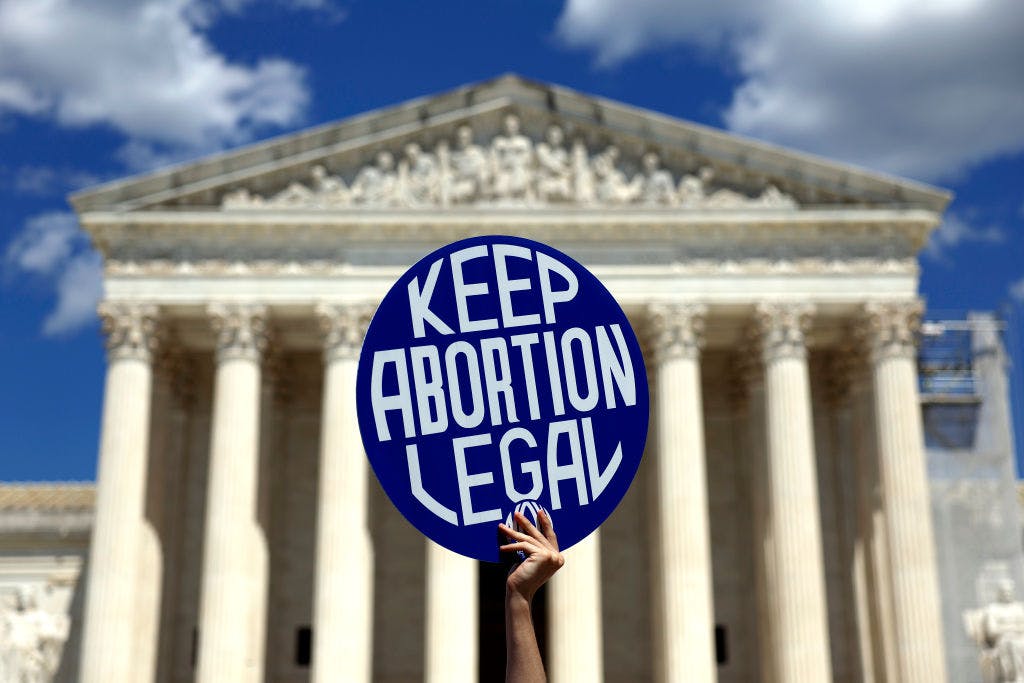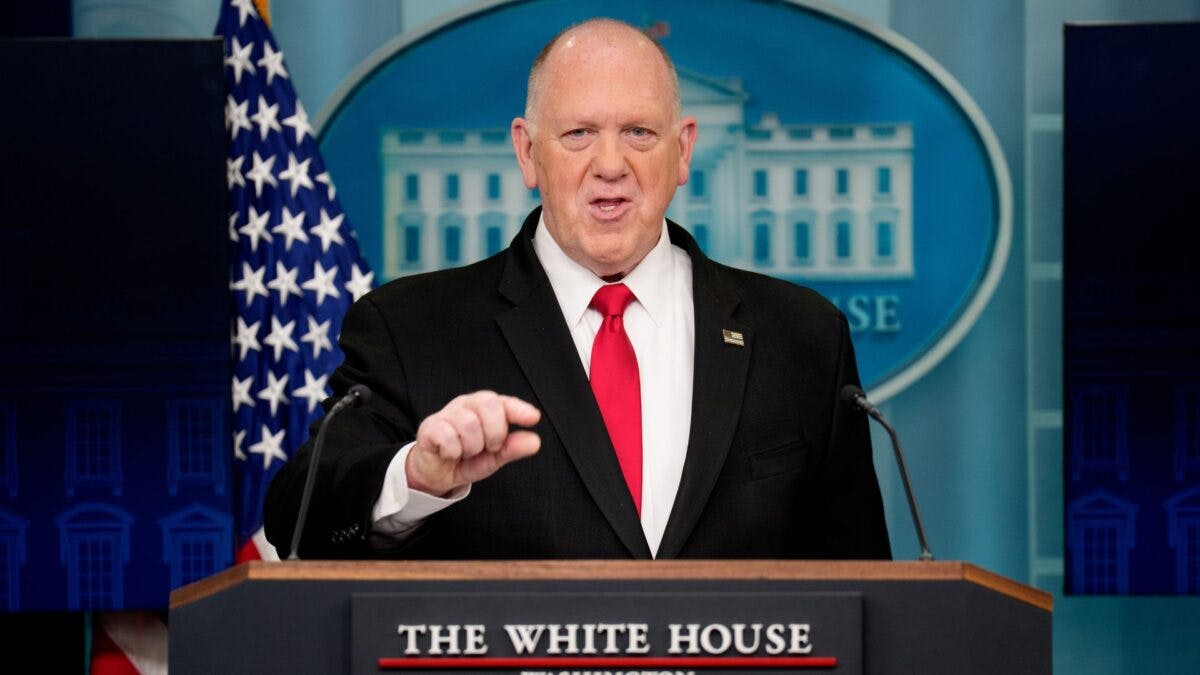Dow plunges 1,100 points as 10-day losing streak hits


![]()

The Dow Jones Industrial Average plummeted Wednesday, marking its longest losing streak in nearly half a century as the Federal Reserve issued a lackluster economic forecast.
Closing down 1,123 points, or 2.6%, the blue-chip index has now declined for 10 consecutive days, a sequence last witnessed during the presidency of Gerald Ford from Sept. 20 to Oct. 4, 1974, according to CNN. This downturn began after the Fed’s policy statement revealed expectations of only two interest rate cuts in 2025.
The central bank forecasts that inflation will remain above its target for a prolonged period, dashing expectations for swift economic recovery, CNN reported. Despite the Dow’s fall, the broader market has shown resilience, with the S&P 500 and Nasdaq Composite consistently approaching or holding near-record highs.
However, both indices also suffered losses by the day’s end, with the S&P 500 down 3% and the Nasdaq tumbling 3.6%, CNN reported. “The market was underwhelmed by the likely future path of interest rates,” said Chris Zaccarelli, CIO at Northlight Asset Management, in a statement.
Specific stocks also influenced the Dow’s trajectory. UnitedHealth Group, for instance, saw a downturn this month, dropping 15% after the shooting of UnitedHealthcare CEO Brian Thompson, CNN reported. Despite these challenges, UnitedHealth shares climbed 3.3% on Wednesday.
Conversely, Nvidia, a recent addition to the Dow, has experienced a decline over the past month, falling approximately 5% despite an overall annual gain of more than 180%, the outlet said. This drop has contributed to the overall drag on the index, but despite the prolonged downturn, the Dow has managed to remain 14% higher for the year, gaining more than 5,000 points in 2024.
Earlier today, the Federal Reserve slashed the federal funds rate by 25 basis points, setting a new target range of 4.25% to 4.50%, in a move aimed at stimulating economic growth. This rate adjustment aligns with market forecasts, which showed a 95.4% expectation for the cut, following a report indicating a modest rise in consumer prices, as detailed by the Bureau of Labor Statistics on Dec. 11.
The Federal Reserve executed its third rate cut this year, slashing it by 0.25 percentage points in November, after a more substantial reduction of 0.5 points in September. This series of reductions follows a period where rates were maintained at their highest since 2001, between 5.25% and 5.50%, in a bid to curb inflation.
Meanwhile, the U.S. labor market outperformed expectations, adding 227,000 nonfarm payroll jobs in November, though the unemployment rate ticked up slightly to 4.2%. In the financial sector, household debt witnessed a 0.8% increase in the third quarter, rising by $147 billion, with mortgage balances climbing to $12.59 trillion, as reported by the Federal Reserve Bank of New York.
Content created by The Daily Caller News Foundation is available without charge to any eligible news publisher that can provide a large audience. For licensing opportunities of our original content, please contact [email protected].
What's Your Reaction?
 Like
0
Like
0
 Dislike
0
Dislike
0
 Love
0
Love
0
 Funny
0
Funny
0
 Angry
0
Angry
0
 Sad
0
Sad
0
 Wow
0
Wow
0














































































